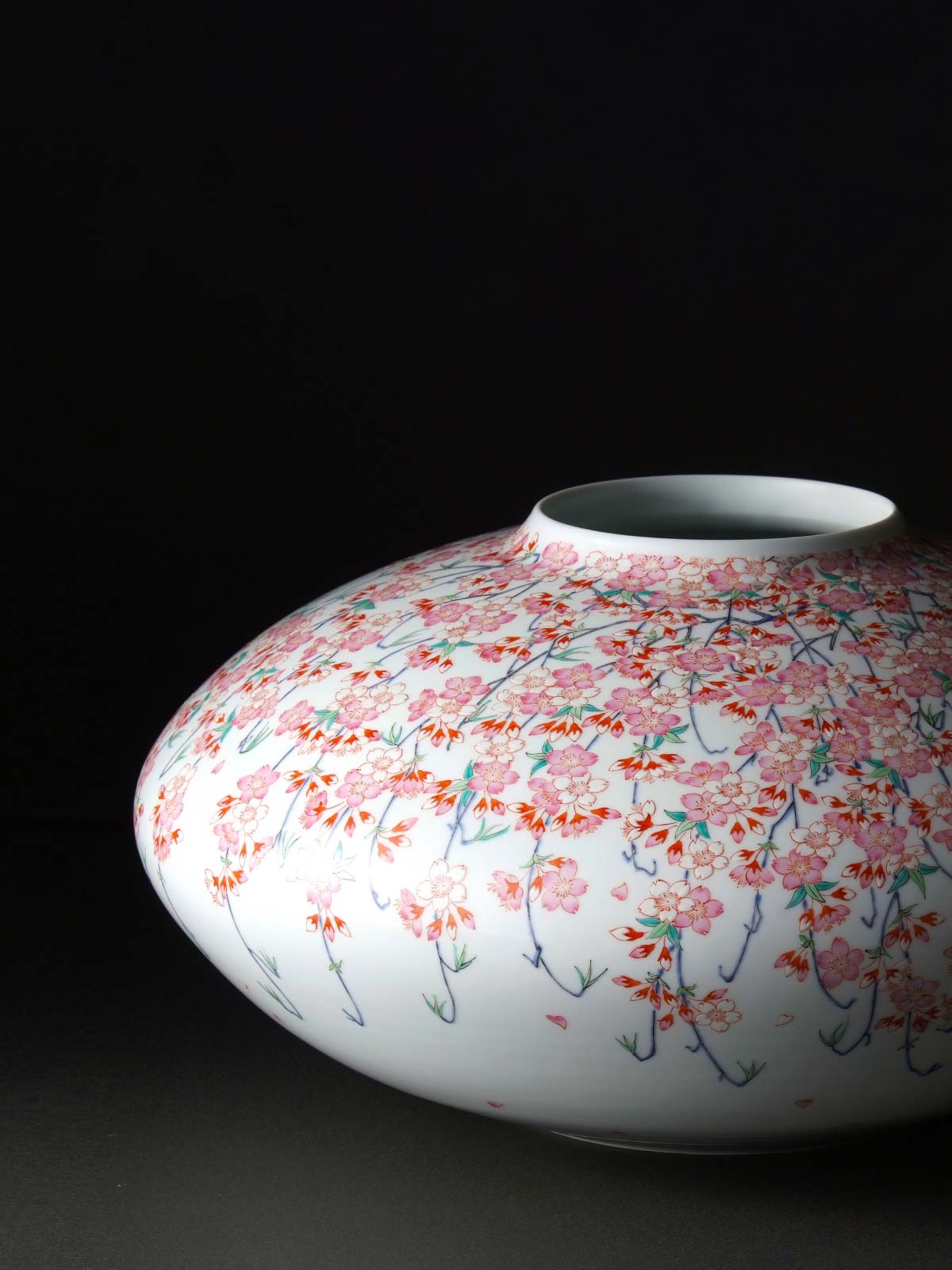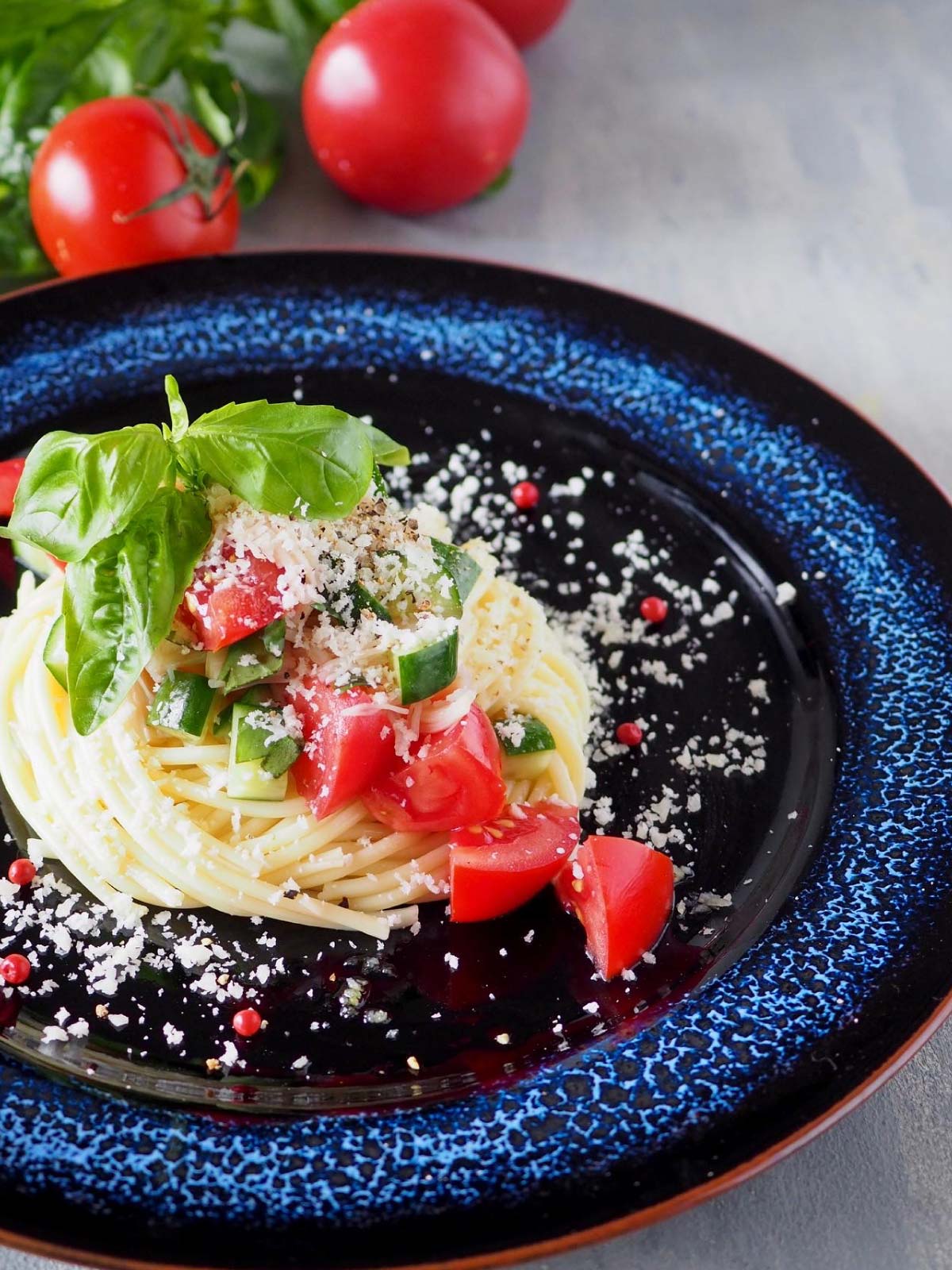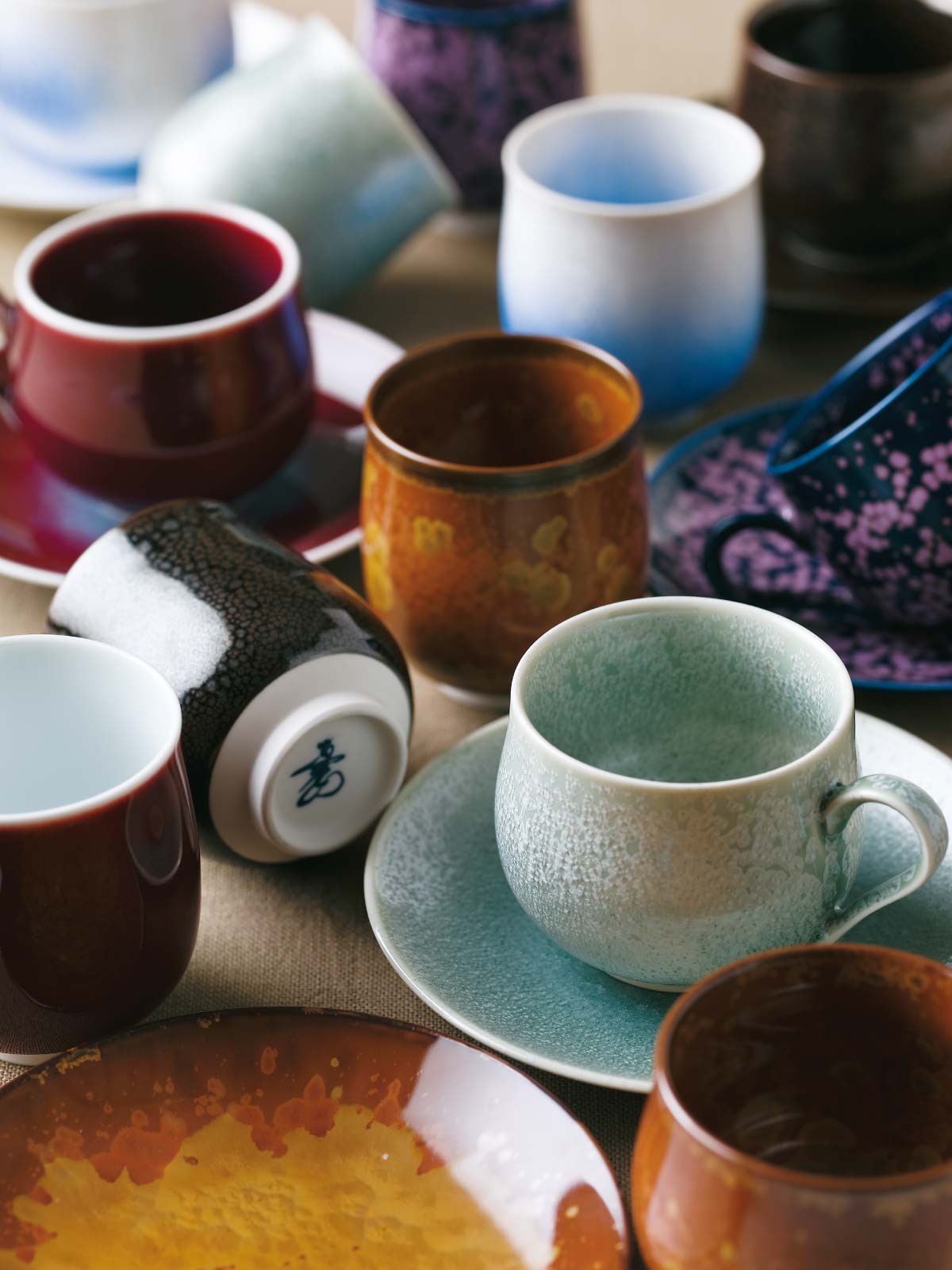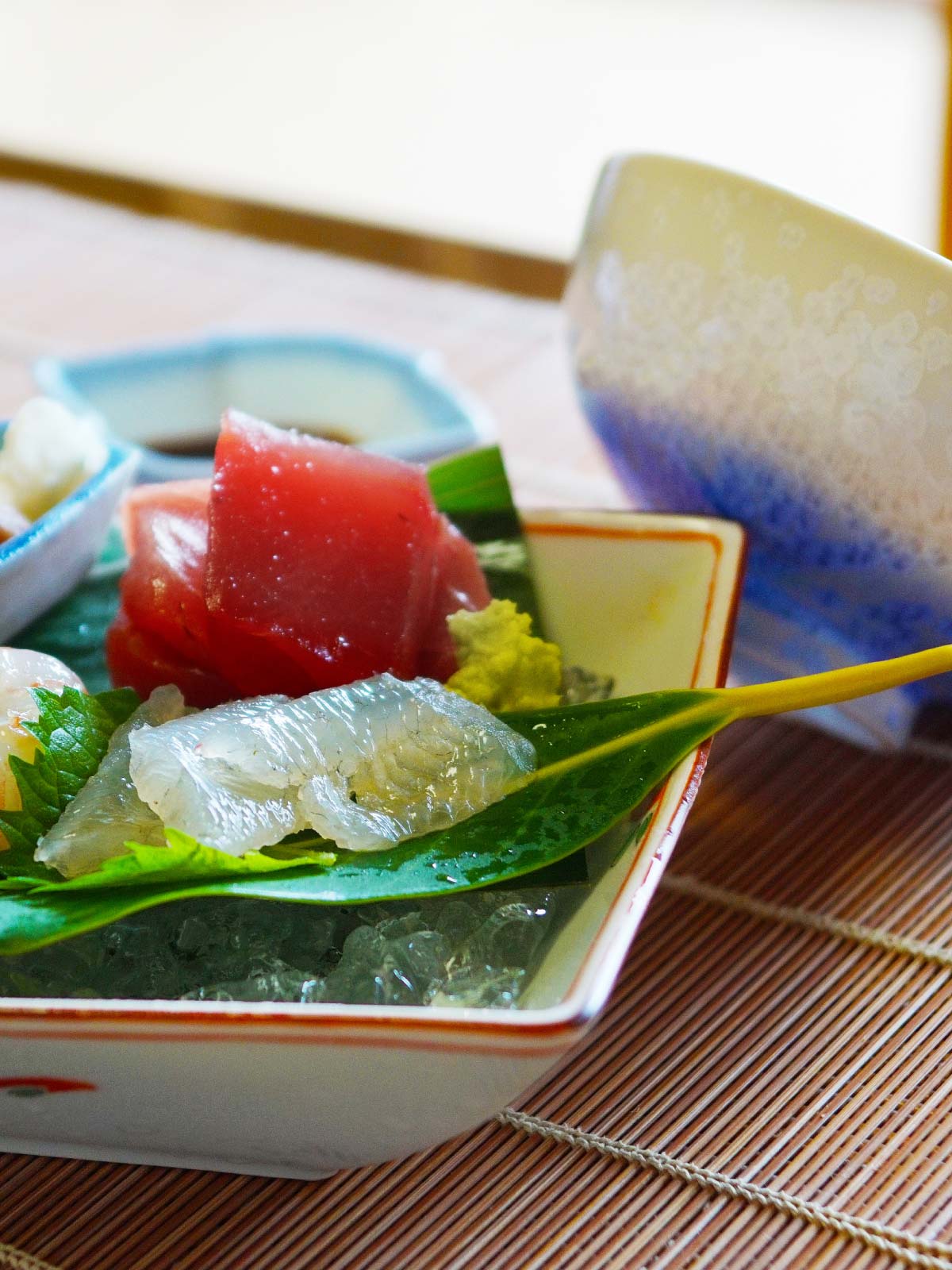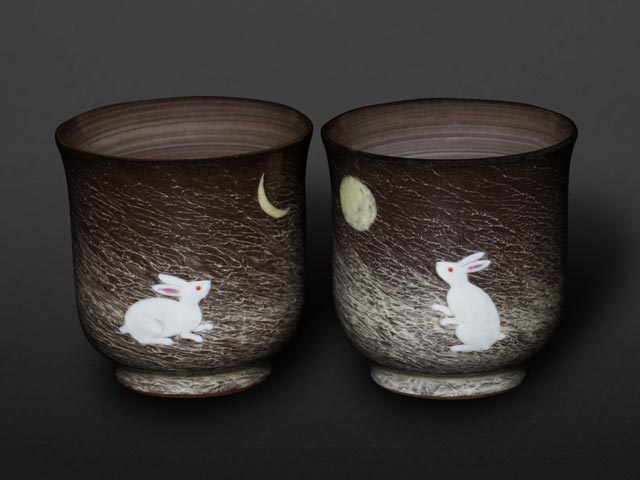
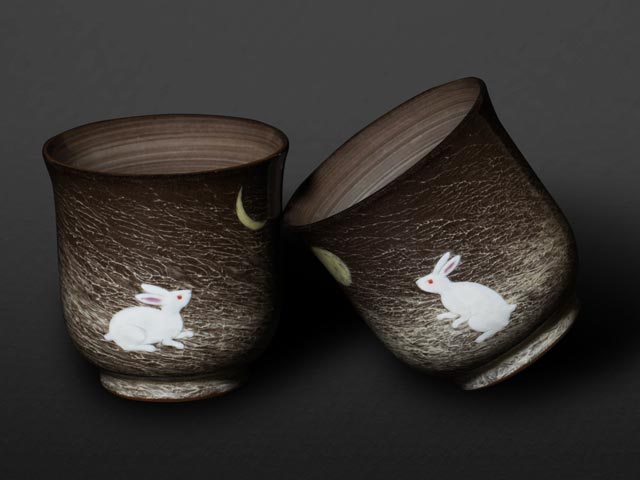






Gagyu Kiln Moon Rabbit Yunomi Japanese Teacup Pair - Utsutsukawa Ware
Beloved Rabbits Across the Ages
In Japan, the history of using rabbits as a subject in art and culture dates back to ancient times, with records of their presence even in the late Heian period. These adorable creatures have continued to be a part of our culture and daily life to this day. Rabbits are also a popular motif in artistic cultures around the world, making this pair of teacups a cherished item for people of all ages, both domestically and internationally.
The Many Meanings of Lucky Rabbits
Did you know that lucky rabbits have a multitude of symbolic meanings? Beyond their cute appearance, they are believed to bring "harmony" to human relationships. Their keen ears symbolize the ability to gather "fortune" or information swiftly, which can lead to "success and wealth." The image of rabbits hopping forward represents "progress" and is associated with things moving forward smoothly. Additionally, their high reproductive capacity, giving birth to many offspring at once, signifies "prosperity and abundance." Thus, rabbits carry an astonishing array of meanings.
Bringing Further Prosperity with the Moon
In addition to lucky rabbits, the presence of the "moon" is essential. The belief in rabbits residing on the moon has been held across various regions in Asia and beyond for centuries. In modern times, the round shape of the full moon and the rabbit within it are associated with "perfection," symbolizing that the "moon" (Tsuki) can be transformed into "luck" (Tsuki) itself. Therefore, rabbits have been valued as creatures that bring good fortune. With these couple teacups, you can enjoy heartwarming moments with your loved one.
Immersive Arita Ware
These couple teacups feature depictions of "moon-gazing rabbits," each with a different design for the full moon and crescent moon. They are skillfully drawn with soft strokes and depth. The background behind the gracefully depicted rabbits is filled with diagonal brushstroke lines flowing upward from below, creating an atmosphere reminiscent of the cool autumn air and beautifully portraying the natural scenery.
Distinctive Brushstroke Patterns
Collectors often describe these vessels as 'Kinseizumi of Kyoto, Gengawa of the West.' The collector's reference to Gengawa is because Gengawa ware was considered 'phantom pottery' that disappeared for about half a century during the Genroku era (1688-1704). However, the tradition was revived through the efforts of the twelfth-generation potter Yokoi Sekigyu. Gengawa ware is characterized by its thin construction and the traditional technique known as 'brushstroke' unique to Kyushu, resulting in a tea-brown color on the clay's surface. The fourteenth generation continues to recreate Gengawa ware and explore new brushstroke techniques.
A Genuine Gift of Intangible Cultural Heritage
This elusive pottery, believed to have disappeared around the Genroku era (1688-1704), has been brought back to life over two and a half centuries through the trial and error of three generations of potters. The high level of technical skill and re-creational ability demonstrated, including the brushstroke technique and painting, has earned it recognition as an intangible cultural asset of Nagasaki Prefecture.
※There may be slight variations in size and other aspects as these products are handmade.
Choose options








About
Shipping , Change , Return
Please read before checkout and if need more information, check FAQ or Contact us
Yes, we ship all over the world. Shipping costs will apply, and will be added at checkout. We run discounts and promotions all year, so stay tuned for exclusive deals.
It depends on where you are. Orders processed here will take 5-7 business days to arrive. Overseas deliveries can take anywhere from 7-16 days. Delivery details will be provided in your confirmation email.
Write a clear and concise answer to guide your customers.
Product with
Same Design
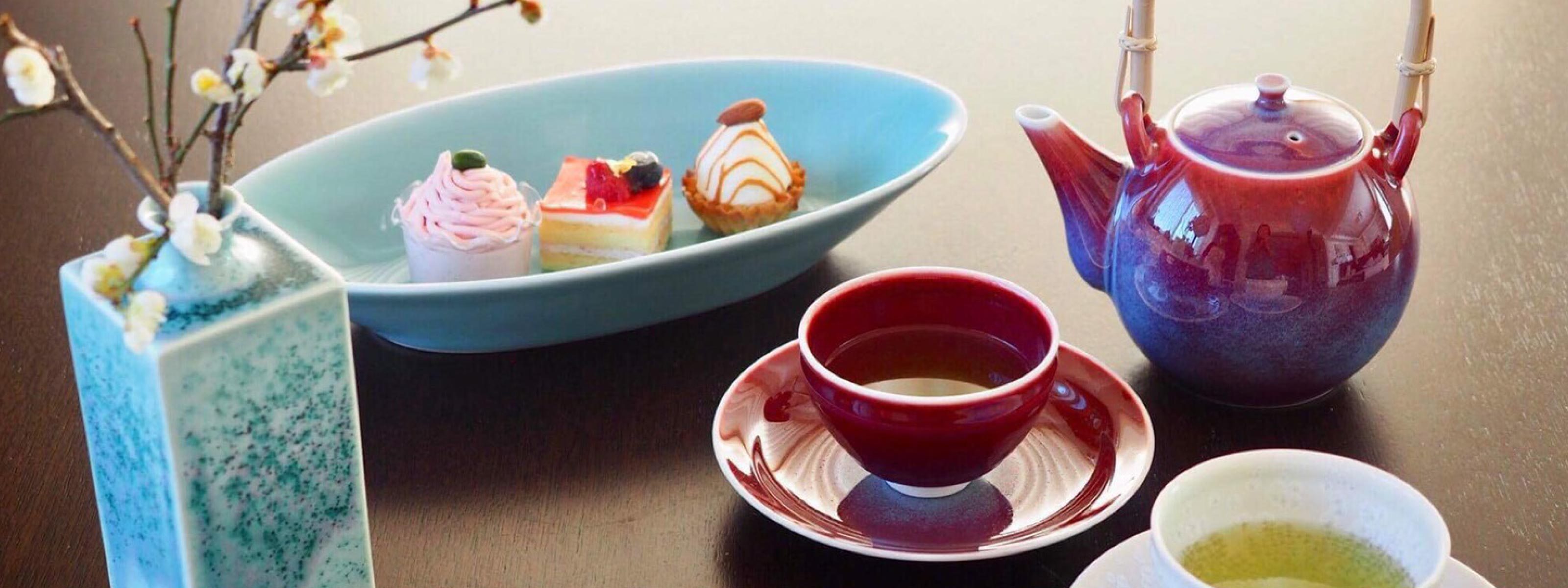
その他技法
Other Design
Price


